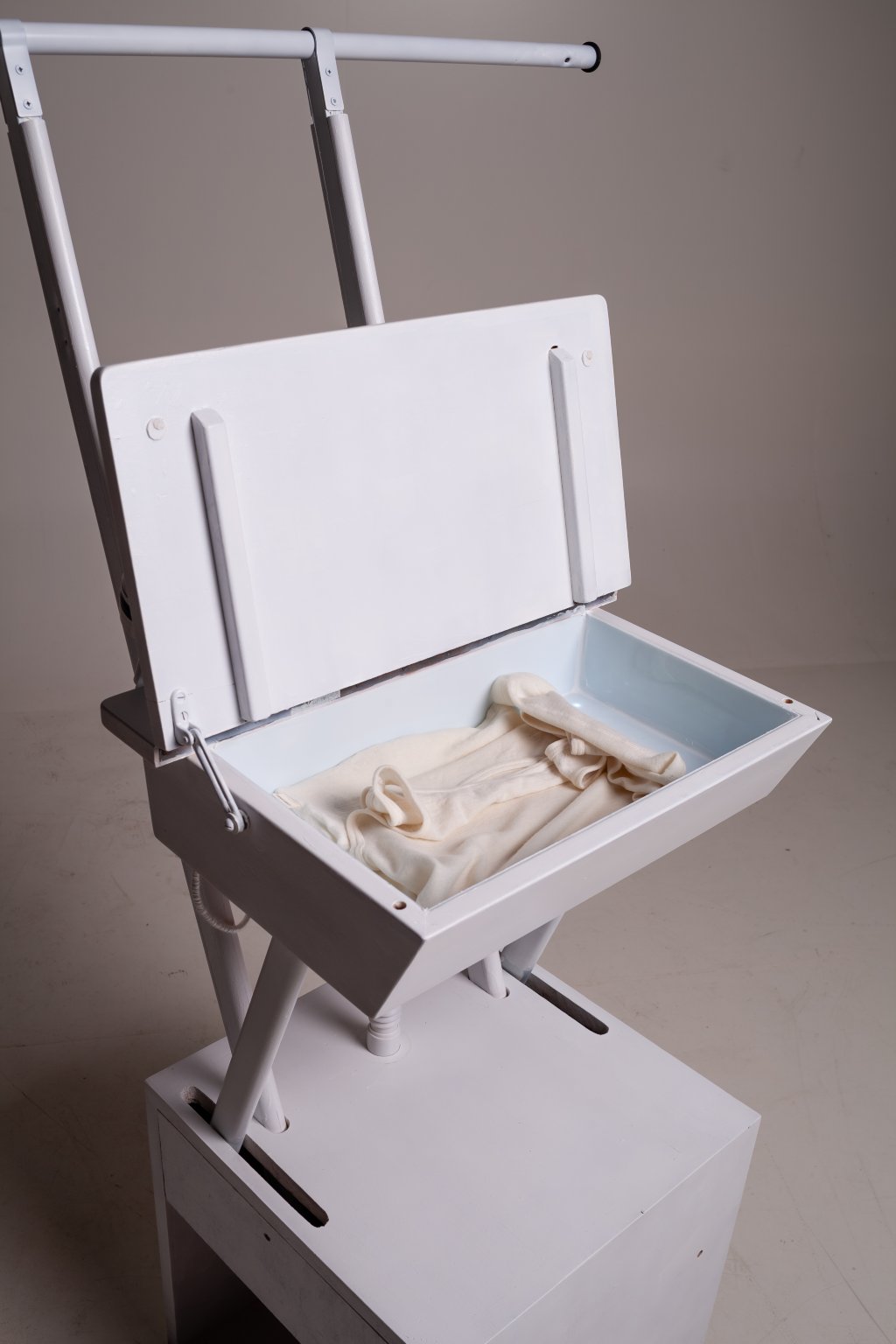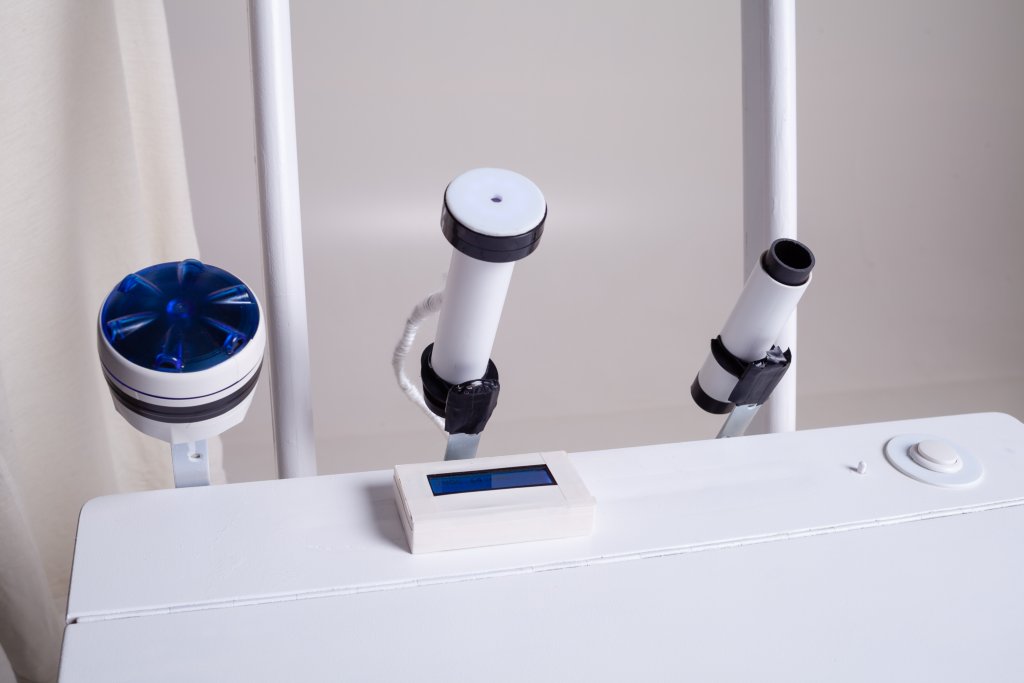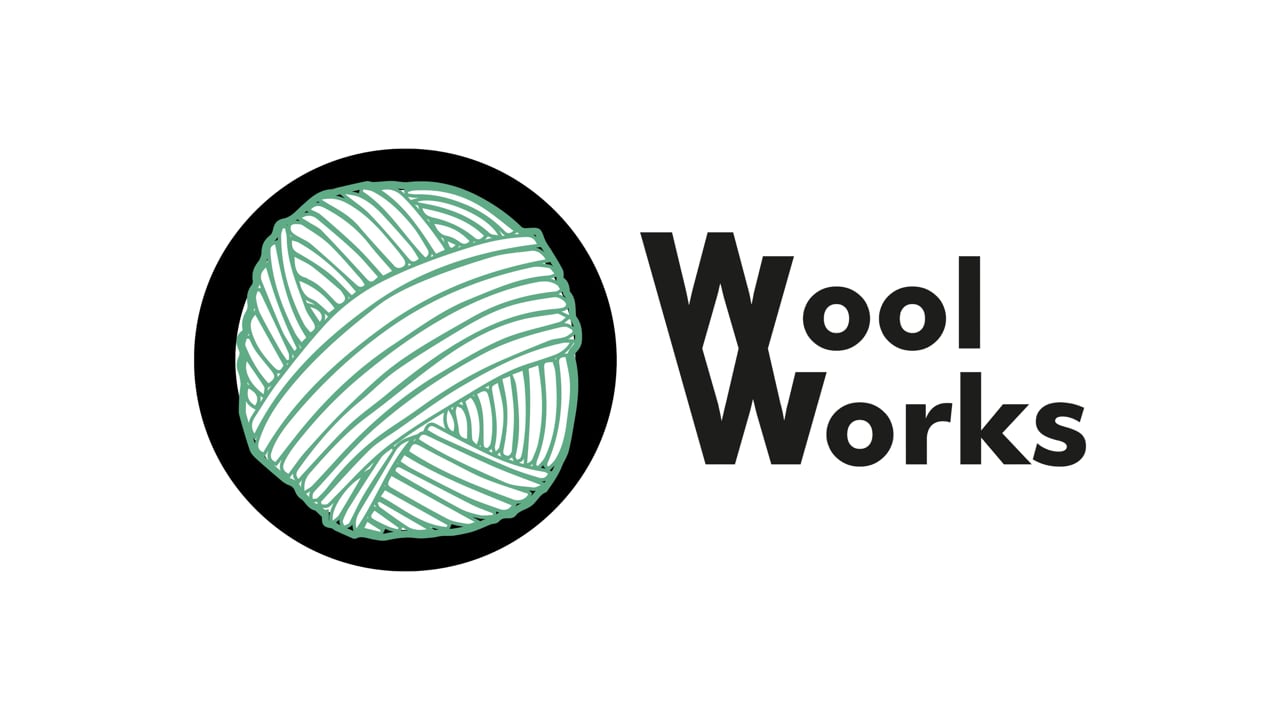Due to climate change, the summers are getting hotter, longer, drier, and consequently, for many, less pleasant. One way of coping with these conditions is by wearing the right clothing made of the right fabrics. Wool clothing is mostly considered ‘winter-wear’ yet the complex chemical structure of wool has many advantages over other fabrics in warm periods. Can we change our perceptions of using wool? One major downside of wool is that it requires alternative cleaning practices in order for it to be durable and sustainable. Therefore, a critical question is: Are we able to change our wearing and caring practices? And if so, which tools can help us in extending the life span of our woolen garments?
One of the characteristics of wool is that it requires less cleaning than other fabrics. Due to its structure, wool is able to neutralize (body) odors and is stain-repellent. To maintain these benefits it should be washed as little as possible.
The philosophy unerlying the WoolWorks workbench is to demonstrate a durable and environmentally friendly way of caring for woollen (summer) clothing. The workbench has five tools that support the cleaning process, encouraging users to clean their woolen clothes without using a washing machine. Through integrating proven technologies such as ultrasonic cleaning and odor sensing technology, WoolWorks provides alternative methods to clean clothing more quickly and efficiently, while maintaining wool’s advantageous structural characteristics.
WoolWorks is based on a future scenario in which wool becomes a popular and frequently used fabric for summer clothing. Wool has the stigma of being a fabric that is and should be used for clothing in the cold winter months, however, this misconception should change.
Some (smaller) brands are already promoting woollen clothing as the perfect summer garment due to its benefits over other fabrics. We need to find new methods to help us cope with potentially hotter and drier summers, so using woollen clothing can play a role. However, it is important to look critically at the use of wool as a summer product and consciously think about ways of preventing its overconsumption, as this could lead to more damage than good.







